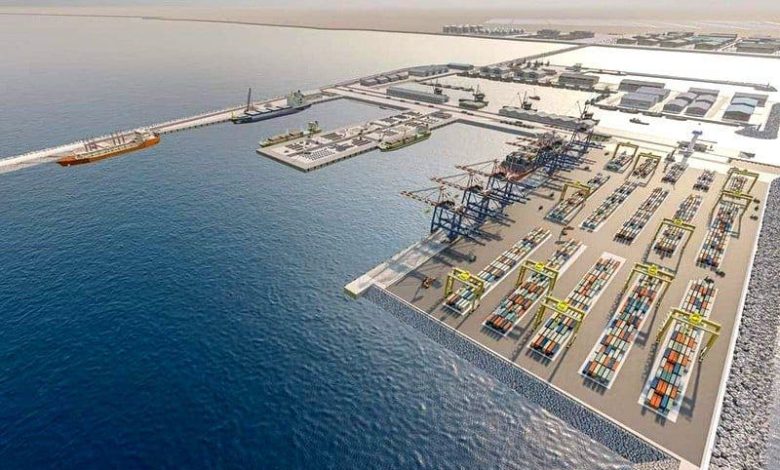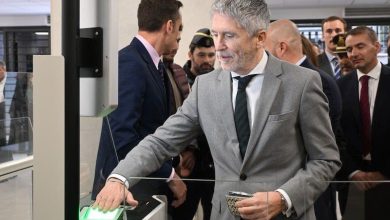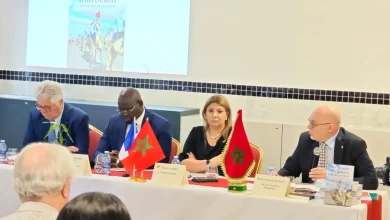The port of the Atlantic in Dakhla… this is the rate of progress

This article was automatically translated from HIBAPRESS, the Arabic version:
This article was automatically translated from Hibapress, the Arabic version:
Heba Press – Dakhla
The project to build the new Atlantic port is witness to remarkable progress, because it has reached around 36%, in a decision that reflects the dynamism of growth in the southern provinces of the Kingdom of Morocco.
The project, which is around 40 kilometers north of the city, is among the largest structured projects on which the kingdom bets to improve the link between continents and support the regional development of the southern regions of the kingdom.
This port represents one of the main pillars within a complete strategy aimed at making Dakhla -Wadi al -dahab an integrated economic pole, open to African depth.
This is within the framework of the new development model of the southern provinces, which was launched in 2015, with the aim of improving the indicators of economic, social, environmental and cultural development in these districts.
The project is a candidate to form a commercial, industrial and strategic naval platform, which will contribute to the development of the fishing sector and the expansion of Morocco’s logistical capacities on the Atlantic Ocean.
The port will include an advanced infrastructure, including multi-use sidewalks which extend over 600 meters at a depth of 16 meters, as well as a fuel storage station, a 100-meter service plate and flat areas exceeding 24 hectares for a commercial activity.
As for the fishing sector, the project includes specialized sidewalks with a length of more than 1600 meters and a depth of 12 meters, and flat land with around 29 hectares, as well as shipping workshops with an additional 8.6 hectare area.
The port of the Atlantic in Dakhla, planned for its completion on the horizon of 2028, is not only a structural installation, but also symbolizes the ambition of Morocco to restart maritime trade maps and to extend its regionally and internationally economic radiation.
.Hibawts {display: inine-flex; Align-Eeetems: Center; Justification-contained: Center; Background color: # 25D366; padding: .5rem 1.25rem; Police size: 1st; Link-Height: 1.5rem; Police-point: 500; -Tw-tox-opacity: 1; Transition time:. 7s; Transition timing funiating: Cubic-Bezier (. 4.0, 2.1); Width: 49%; } .HIBAWTS SPAN {Color: #FFFFFS; } Padding: 10px; Border-Radius: 10px; Color: #FFF; Police: Bold; Display: inheritance; Marge pot: 5px; } Padding: 10px; Border-Radius: 10px; Color: #FFF; Police: Bold; Display: inheritance; Marge pot: 5px; } Padding: 10px; Border-Radius: 10px; Color: #FFF; Police: Bold; Display: inheritance; } Width: 3rd; Height: 2m; ADIGNE VERTICAL: Middle; Display: online block; Marge: Var (-google -News-icon-Margin); } Url (“https://ar.hibapress.com/wp-constrent background-size: auto; background-size: 2m 2em;} url (” https://ar.hibapress.com/wp-content/themes/hibapress/hiba.svg?6.52#sshare- Telegramgramgramgramgramgramgramgramgramgramgrantargramesss-size: Auto; last news from Heba Bress on x







